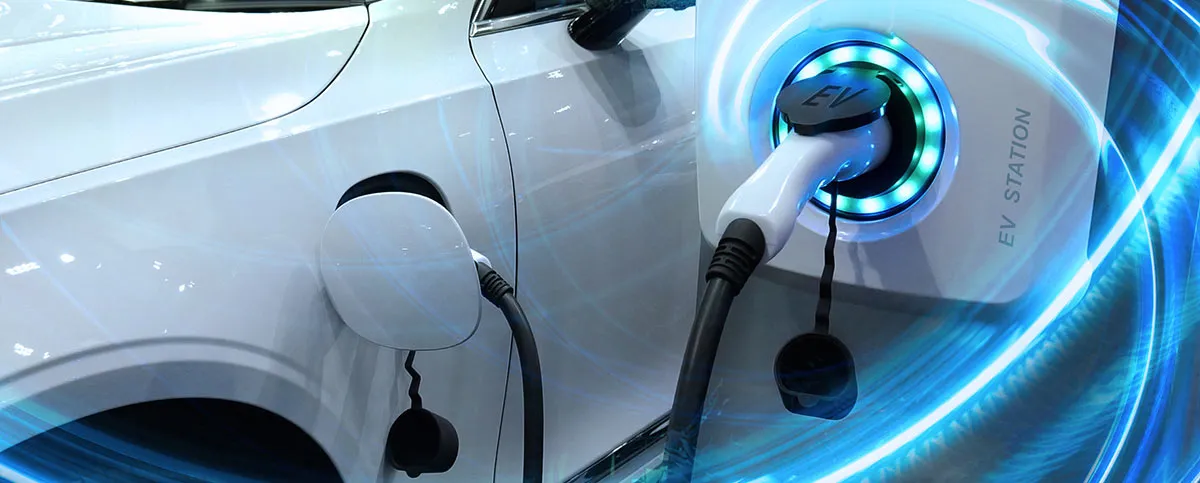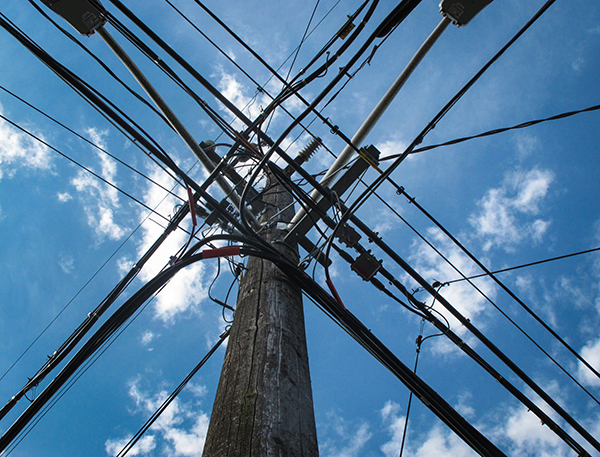
Electrification of heat and transport plays an important role in wider system decarbonisation and the rate of electrification of these sectors must keep pace.
Slower uptake on technologies such as heat pumps and electric vehicles may reduce power system emissions, but has a net increase on overall energy system emissions.
It is critical that consumer centric supports remain in place to enable consumers that wish to, to retrofit their homes and switch to Electric Vehicles. It is important to ensure buildings have the necessary infrastructure for EV charging.
Policies that impact buildings should be streamlined to ensure that heating and cooling technologies are compatible with targets to reduce emissions and barriers to electrification should be addressed.
Heat pumps have an efficiency of more than 300% as they extract significant renewable energy from the external environment. As electricity continues to decarbonise each year as more renewable generation is connected, heat pumps will emit fewer carbon emissions each year.
A further benefit of the electrification of domestic heating is the transfer of emissions from the non-ETS sector to the ETS sector. Every tonne of carbon moved from the non-ETS to the ETS sector reduces the Government’s challenge in the non-ETS sector less and makes it cheaper to achieve targets.
Bloomberg’s New Energy Finance report for Transport and Energy on EV developments suggests that battery electric light vans will reach cost parity with internal combustion in 2025 with heavy vans reaching parity in 2026.
This suggests that market forces will see EVs come around the middle of the decade and so Ireland should focus on ensuring that enabling conditions, such as the rollout of charging infrastructure, are met by then. Until then incentives will need to continue to encourage uptake of EVs and kick start market share.
Fleet electrification can be spurred by regulation and tax incentives. Over 300 cities in Europe have already introduced low- and zero-emission zones, incentivising delivery and logistics companies to electrify or face penalties. In addition to CO2 standards, mandatory requirements for carmakers to sell zero emissions vehicles would shift cars and light duty vehicles to clean mobility.
Electricity grids are key assets to enable a cost-effective decarbonisation with electrification at its core.
Their modernisation and digitalisation are critical to facilitate connection and transport of distributed, variable renewable energy and the use of technologies such as electric vehicles.




